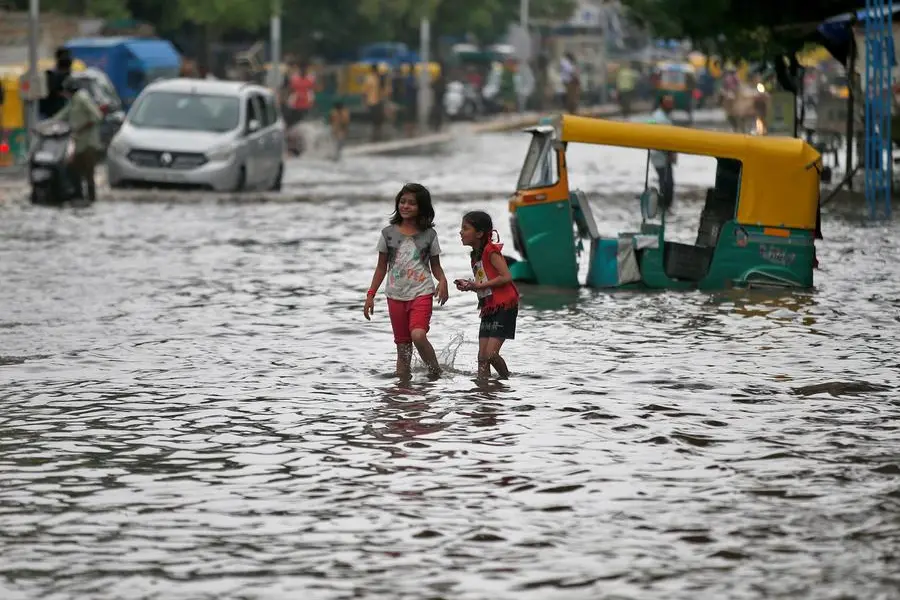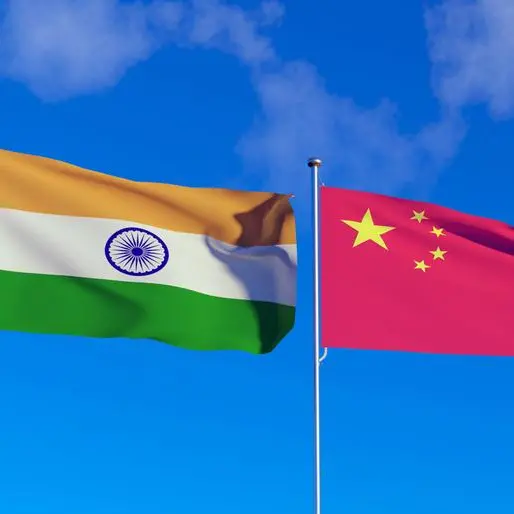PHOTO
India is likely to receive normal monsoon rainfall in 2023, the state-run weather office said on Tuesday, the fifth straight year of normal or above normal summer rains that spur farm and overall economic growth in Asia's third-biggest economy.
A spell of good rains could lift farm and wider economic growth and help bring down food price inflation, which jumped in recent months and prompted the central bank to raise lending rates.
Ample farm production could allow India to lift curbs imposed on exports of sugar, wheat and rice. India is the world's second-biggest producer of wheat, rice and sugar and the biggest importer of palm oil, soyoil and sunflower oil.
The rains, which usually lash the southern tip of Kerala state around June 1 and retreat by September, are expected to total 96% of the long-term average this year, M. Ravichandran, secretary at the Ministry of Earth Sciences (MoES), told a news conference.
The India Meteorological Department (IMD) defines average, or normal, rainfall as ranging between 96% and 104% of a 50-year average of 87 cm (35 inches) for the four-month season.
Private weather forecasting agency Skymet on Monday forecast India could get below-normal monsoon rains in 2023, with an increasing likelihood of El-Nino, which typically brings dry weather to Asia.
El-Nino could have an impact on monsoon rainfall in the second half of the season, but other factors - such as sea temperature changes known as the Indian Ocean Dipole - favour good rainfall, said Mrutyunjay Mohapatra, director general of the IMD.
GROWING PATTERN
"All El-Nino years are not bad monsoon years. About 40% of the El Nino years in the past were years with normal or above normal monsoon rainfall," Mohapatra said.
For the first time in more than two decades, India would see average or above-average rainfall for five straight years, IMD data showed.
El Nino weather is unlikely to have any impact on production of summer-sown crops and there is no need to worry about the sowing pattern, Ravichandran said.
But if monsoon delivers below-normal rainfall, then it could have a "significant impact" on India's inflation that the central bank and federal government have been trying to bring down, said Rajani Sinha, chief economist at CareEdge.
"The impact would be compounded on the back of existing macro (economic) conditions in India, wherein food, cereal and milk inflation is elevated, inflationary expectations are high, and core inflation continues to stay higher," Sinha said.
The government is unlikely to change export policies before farmers harvest another bumper crop in the 2023/24 cycle, starting from June, said a Mumbai-based dealer with a global trading firm.
Mohapatra of the IMD warned that cotton, soybean and sugar cane growing areas in central and western parts of the country could receive normal to below normal rainfall. (Reporting by by Neha Arora and Rajendra Jadhav; Additional reporting by Siddhi Nayak; Editing by Kirsten Donovan and David Holmes)





















